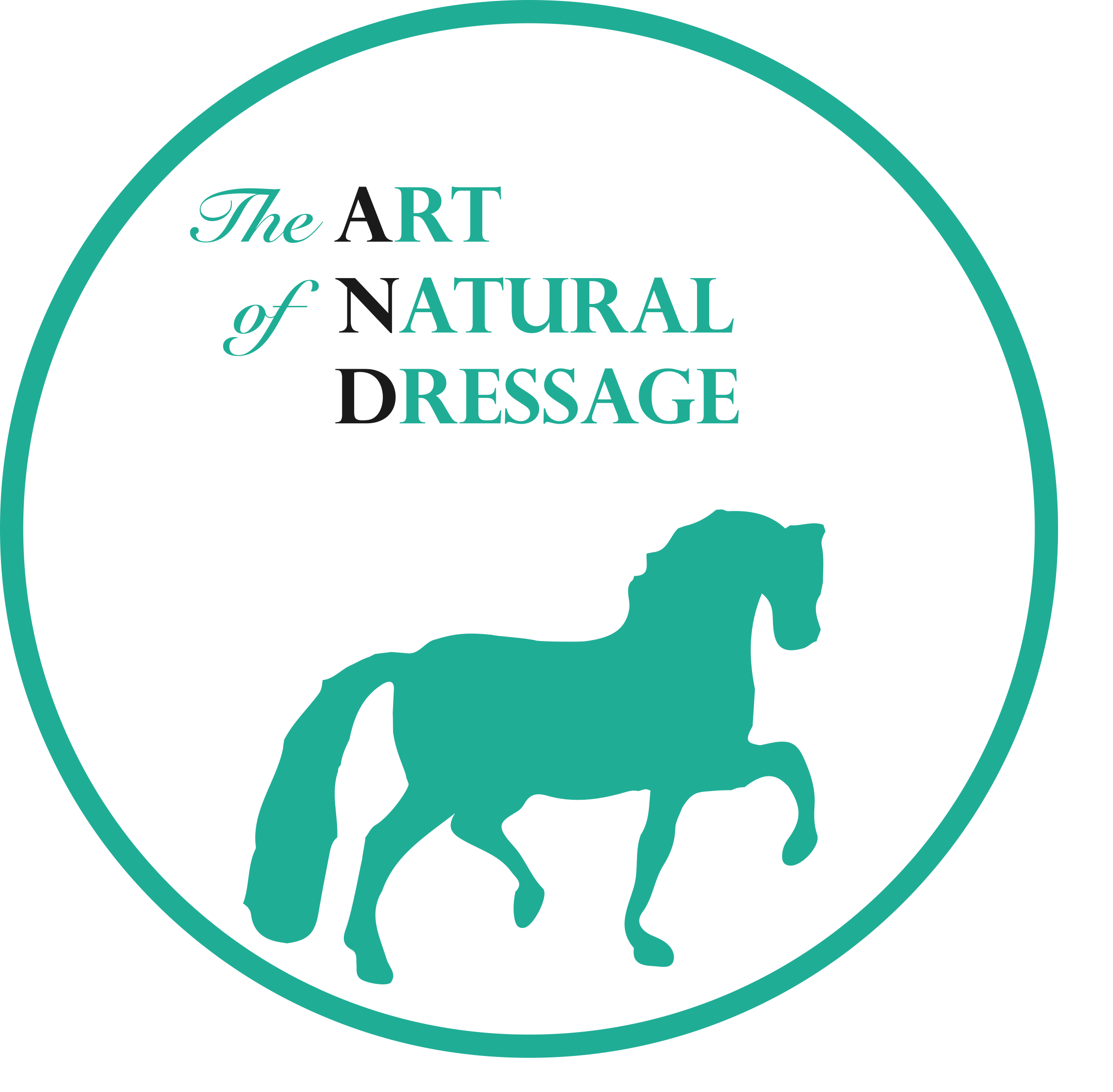This discussion collects safety measures used when playing with horses, emphasizing awareness, communication, and individual approaches to maintaining safety.
Key Safety Approaches
1. Maintaining Continuous Communication
• Always check if the horse is responding to subtle body language cues.
• Adjust interaction based on the horse’s awareness and responsiveness.
• If a horse stops reacting, increase distance or reinforce attentiveness before rewarding.
2. Pre-Established Rules and Signals
• Some handlers use clear rules, such as assigning different gaits or actions to specific sides of their body.
• Teaching cues for maintaining safe distances during high-energy play helps prevent accidents.
3. Energy and Timing Awareness
• Avoid playing when tired, distracted, or when the horse is overly excited.
• Gauge the appropriate energy level for both horse and human before engaging in play.
4. Boundary Setting and Space Awareness
• If a horse becomes too pushy, move toward it instead of stepping back to maintain control over space.
• Starting play from behind a fence can be a useful technique for safety.
5. Reading Individual Horses
• Not all horses respond the same way; some need more structure, while others adjust based on human confidence.
• Reward behaviors that feel comfortable, and adjust expectations according to the horse’s personality.
6. Teaching Horses to Respect Personal Space
• If a horse shows signs of overexcitement or intrudes on personal space, redirect the energy safely.
• Reward attentiveness and appropriate behavior while discouraging reckless movements.
7. Controlled Play and Stopping Mechanisms
• Encourage responsiveness by frequently stopping and restarting play.
• Ensure the horse remains aware of body language cues throughout interactions.
Insights from Participants
• Safety is about how things are done rather than specific activities being off-limits.
• A strong foundation in communication reduces risks even in high-energy play.
• Confidence, awareness, and adaptability help create safe and enjoyable interactions.By maintaining clear communication, understanding individual horse personalities, and using body language effectively, handlers can balance safety with freedom and playfulness, ensuring a positive experience for both horse and human.

